Discover 8 hidden attractions, cool sights, and unusual things to do in Alanya (Turkey). Don't miss out on these must-see attractions: Kızıl Kule, Alanya Castle, and Alanya Archaeological Museum. Also, be sure to include Elikesik in your itinerary.
Below, you can find the list of the most amazing places you should visit in Alanya (Antalya).
Table of Contents
Kızıl Kule
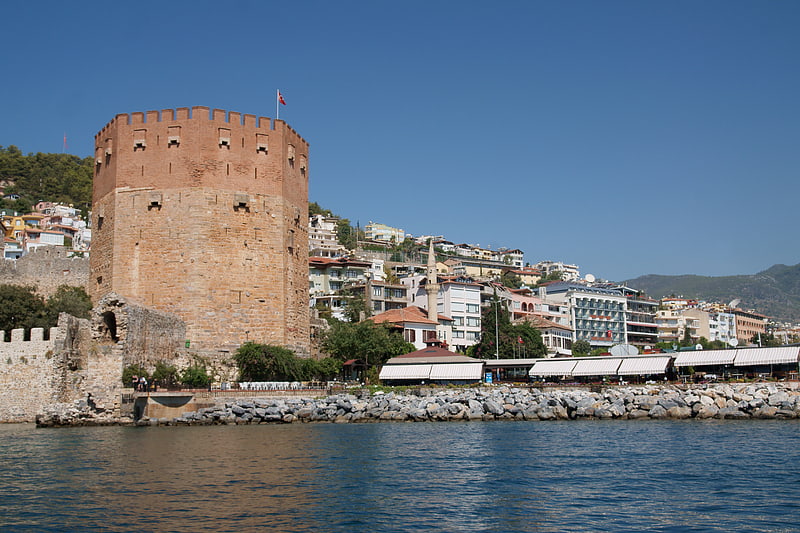
Also known as: Kızılkule
Famous tower with an ethnographic museum. The Kızıl Kule is a historical tower in the Turkish city of Alanya. The building is considered to be the symbol of the city, and is used on the city's flag.[1]
Alanya Castle
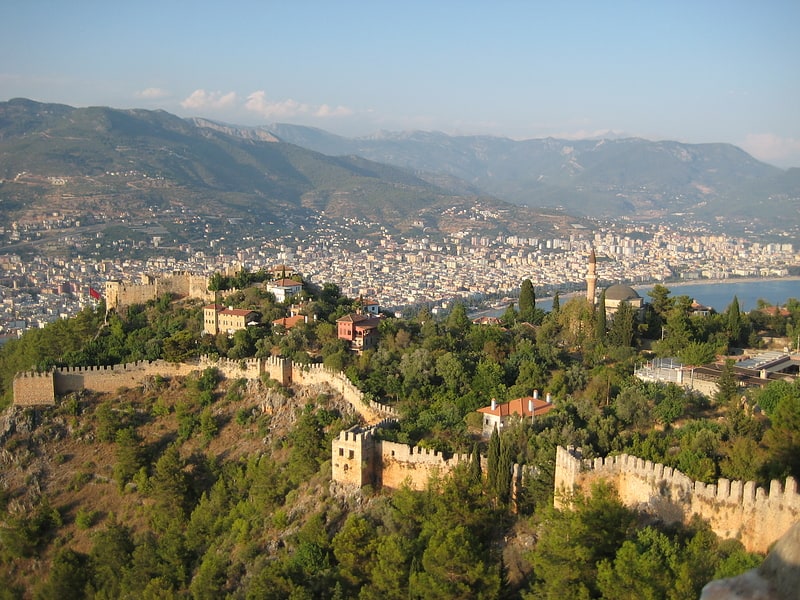
Also known as: Alanya Kalesi
Seljuk-period castle and red tower. Alanya Castle is a medieval castle in the southern Turkish city of Alanya.[2]
Alanya Archaeological Museum

Also known as: Alanya Arkeoloji Müzesi
Museum in Alanya, Turkey. Alanya Archaeological Museum is an archaeological museum in Alanya, Turkey. The museum is divided into two sections, with displays of archaeological and ethnographic artifacts. It contains numerous ceramic, marble, bronze and glass pieces and mosaics from the Hellenistic, Roman, and Byzantine periods. Of particular note is its 2nd century bronze statue of Hercules, which measures 52 centimetres in height. The museum, which was established in 1967, was refurbished in 2012.[3]
Elikesik
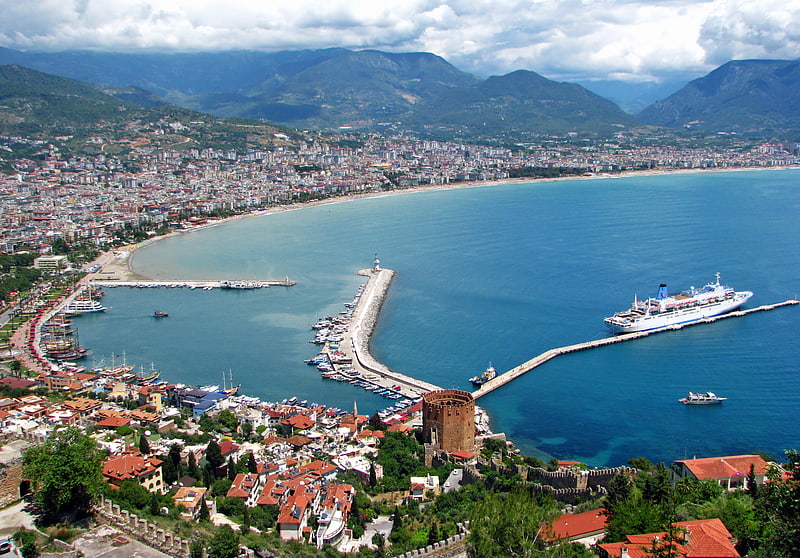
City in Turkey. Alanya, formerly Alaiye, is a beach resort city and a district of Antalya Province on the southern coast of Turkey, in the country's Mediterranean Region, 133 kilometres east of the city of Antalya. As of Turkey's 2010 census, the city had a population of 98,627, while the district that includes the city and its built-up region had an area of 1,598.51 km2 and 248,286 inhabitants.
Because of its natural strategic position on a small peninsula into the Mediterranean Sea below the Taurus Mountains, Alanya has been a local stronghold for many Mediterranean-based empires, including the Ptolemaic, Seleucid, Roman, Byzantine, and Ottoman Empires. Alanya's greatest political importance came in the Middle Ages, with the Seljuk Sultanate of Rûm under the rule of Alaeddin Kayqubad I, from whom the city derives its name. His building campaign resulted in many of the city's landmarks, such as the Kızıl Kule (Red Tower), Tersane (Shipyard), and Alanya Castle.
The Mediterranean climate, natural attractions, and historic heritage make Alanya a popular destination for tourism, and responsible for nine percent of Turkey's tourism sector and thirty percent of foreign purchases of real estate in Turkey. Tourism has risen since 1958 to become the dominant industry in the city, resulting in a corresponding increase in city population. Warm-weather sporting events and cultural festivals take place annually in Alanya. In 2014 Mayor Adem Murat Yücel, of the Nationalist Movement Party unseated Hasan Sipahioğlu, of the Justice and Development Party, who had previously led the city since 1999. Adem Murat Yücel continues his duty as the Mayor of Alanya Municipality.[4]
Damlataş Cave
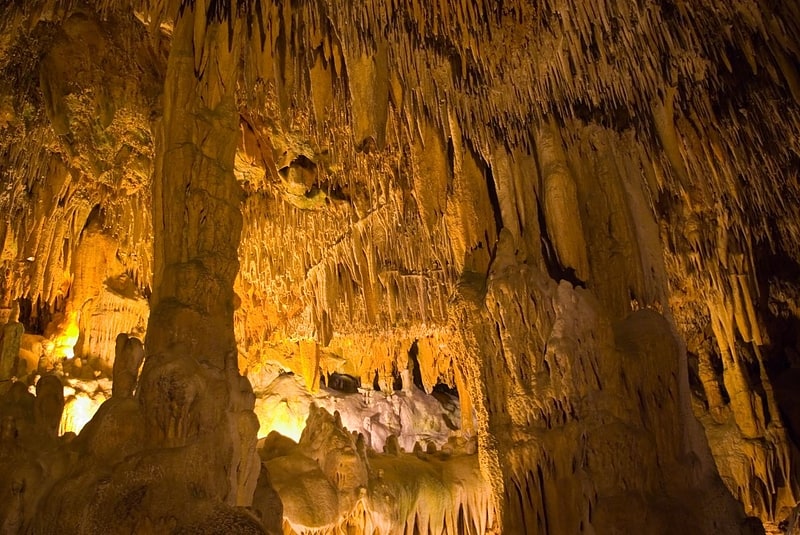
Also known as: Damlataş Mağarası
Damlataş Cave is a cave in Alanya district of Antalya Province, in southern Turkey.[5]
Address: Saray Mahallesi, İsmet Hilmi Balcı Cd. No:1, 07400 Alanya
Dim Cave
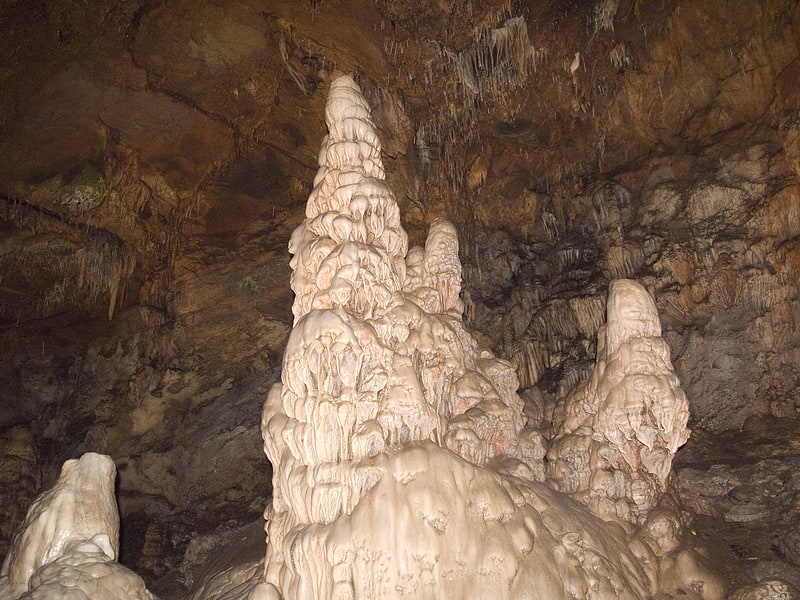
DIM Cave - 12 km away east of the Turkish city of Alanya. It is located on the slope of Mount Cebel-i Reis, belonging to the Taurus mountains. The entrance to the cave is located at an altitude of 232 m a.s.l. This cave is the second largest cave in Turkey open to visitors. It is probably about a million years old. It consists of two separate parts, one pulls 50 m and the other 360 m deep. Litted with stalactites and stalagmites, the cave at its bottom has a small lake.
The cave was discovered by speleologists in 1986, and for tourists it was made available in 1998.
The interior of the cave is characterized by a constant temperature during the year, of 18-19 ° C, and about 90%humidity.
McGhee Center for Eastern Mediterranean Studies
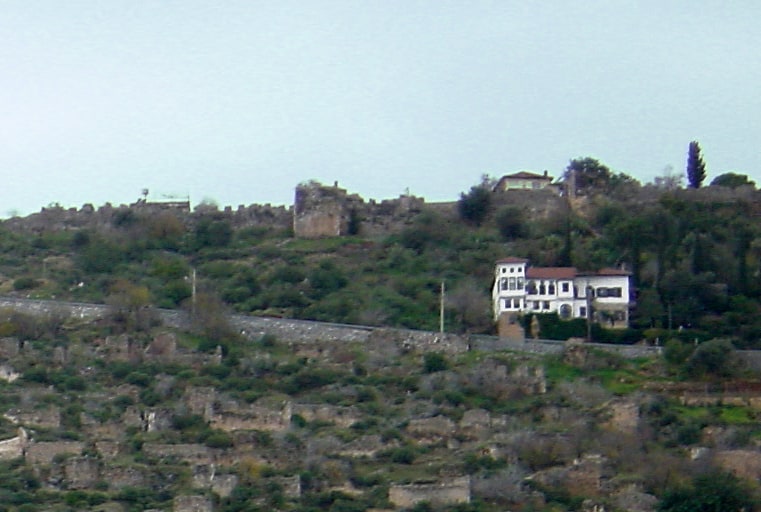
University in Alanya, Turkey. The McGhee Center for Eastern Mediterranean Studies is an overseas academic center operated by Georgetown University in Alanya, Turkey. The McGhee Center was founded in 1989 after Ambassador George Crews McGhee, former United States Ambassador to Turkey and West Germany, donated his Mediterranean villa to Georgetown University to create a center for the study of the history and culture of Turkey and the Eastern Mediterranean. The McGhee Center is academically affiliated in Turkey with Koç University and offers three types of programming: semester abroad, the Summer Institute in Intensive Turkish Language, and study tours and short programs.[6]
Cleopatra's Beach
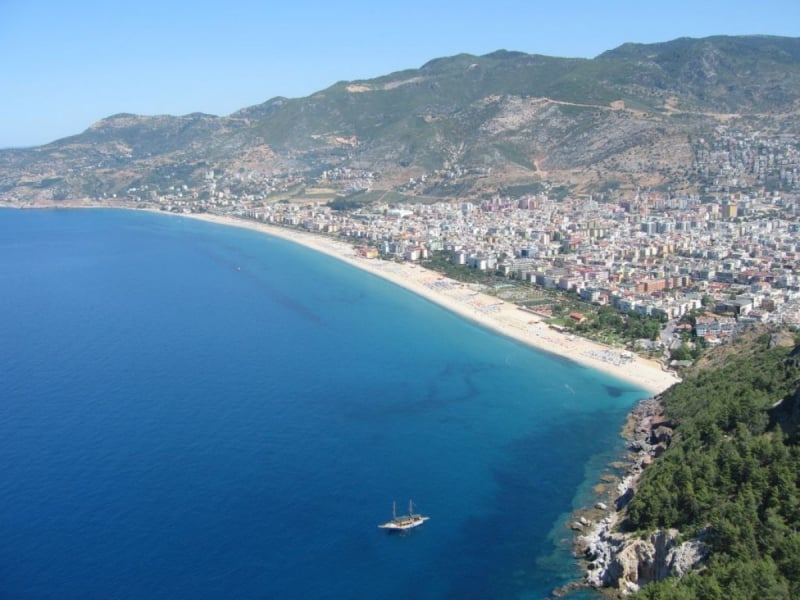
Beach